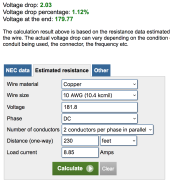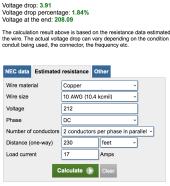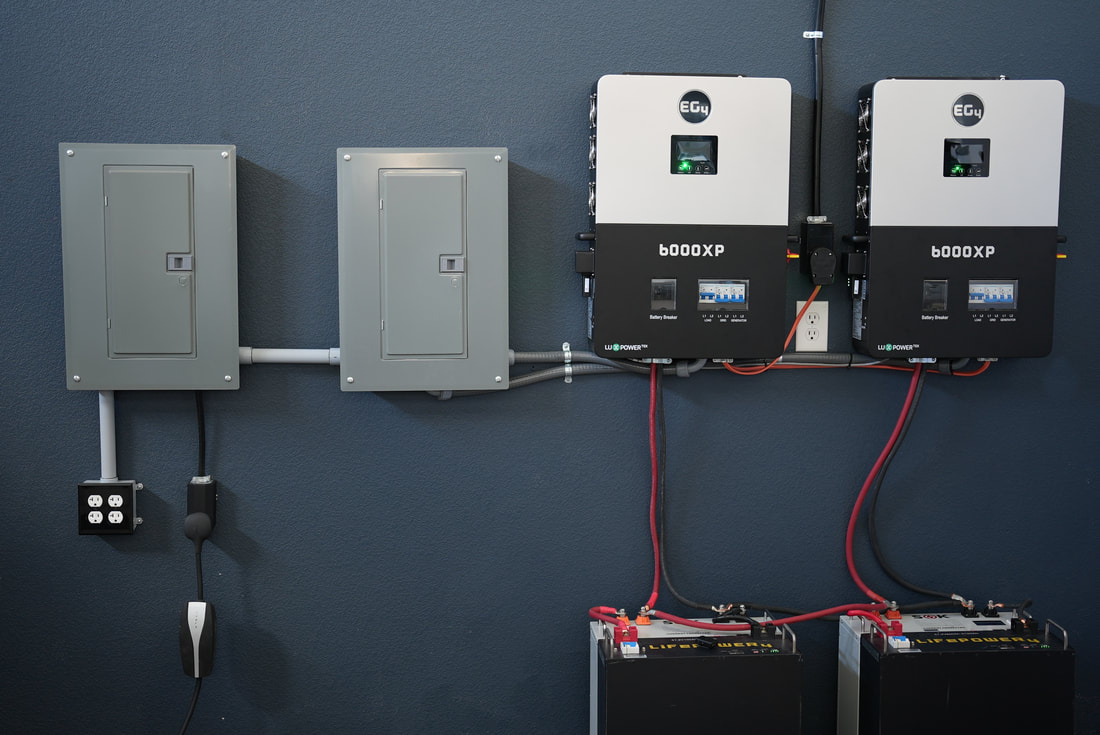sabo
New Member
I am trying to figure out how many panels to put in a string. I have 20 San Tan 250 W panels. (specs below) and a MPP Solar LV 6548V (specs below)
How many should i put in series and what gague wire should I run 230ft. Unclear on # of conductors and Load Current amps. Is my calculation good and accurate? Should I use 10 Ga wire from the panels to the inverter?
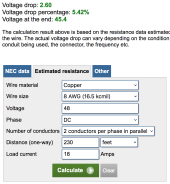
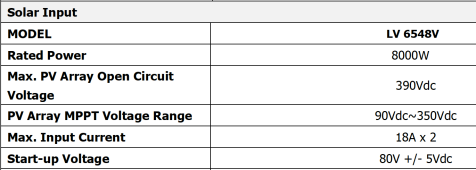
Likely Mfg Trina Solar
Open circuit voltage (VOC): 37.6 V
VOC 37.8
VMP 30.3
ISC 8.85 amps
IMP 8.27 AMP
FUSE RATING 15 AMP
Junction Box IP 65
Poly Crystalline
Max V 600 V
How many should i put in series and what gague wire should I run 230ft. Unclear on # of conductors and Load Current amps. Is my calculation good and accurate? Should I use 10 Ga wire from the panels to the inverter?


Likely Mfg Trina Solar
Open circuit voltage (VOC): 37.6 V
VOC 37.8
VMP 30.3
ISC 8.85 amps
IMP 8.27 AMP
FUSE RATING 15 AMP
Junction Box IP 65
Poly Crystalline
Max V 600 V



